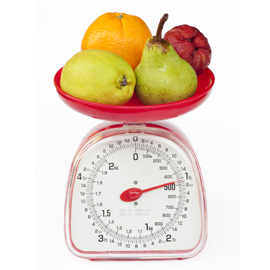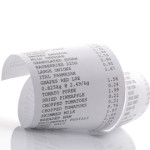
Portion control is perhaps the single most important thing you need to learn in order to achieve sustainable weight loss. Without finding a way to make portion control work for you, it will be nearly impossible to lose weight, much less keep it off. These tips will help you learn new ways to practice proper portion control.
Count on Visual Cues
Have your eyes ever been bigger than your stomach? It happens to the best of us – especially when favorite foods are on the menu. There are two secrets for success, though, when it comes to doing this.
First, you must learn moderation. Eat your favorite foods only occasionally. It’s important to allow yourself to have the foods you love best every once in a while rather than as a matter of course.
Next, you must learn proper serving sizes. Visual cues can help out a great deal with that. For instance, a serving of meat or poultry is only three ounces (not the 12- to 16-ounce steak you purchase at your favorite restaurant – or even the 8-ounce petite sirloin).
Three ounces of meat is roughly the size of a deck of cards. Three ounces of fish is about the size of a checkbook. A one-ounce serving of cheese is roughly the size of your thumb. A half-cup serving of vegetables, fruit or pasta is the size of half a baseball.
Change Your Plate for Portion Control
Whether you’re recovering from gastric sleeve surgery or simply attempting to lose weight on your own, changing your plate in terms of portion size helps you adjust mentally to the new reality of your diet. Try these plating tips on for size to find one that helps you portion your meals more effectively.
- Three-Compartment Plate. This is a simple method to see the proper serving sizes for your meals. Use the large compartment for vegetables and small amounts of fruit , use one of the smaller compartments for the protein portion of your meal, and use the remaining compartment for your starch (bread, pasta, rice, potatoes, etc.).
- Portion Control Bowls, Plates, Ladles and More. These devices are available in premeasured sizes, so you’re always certain you’re getting the proper portion.
- Use Smaller Plates. It’s the simplest solution and one everyone can use. Simply switch from dinner plates to salad plates for your meals, and remember the visual cues for portions mentioned above to make this plan highly effective.
Mental portion control techniques like those above are extremely effective. After lap band surgery, these types of cues help you adjust to your smaller stomach and adopt healthier eating habits that will help you accomplish your weight loss goals.


